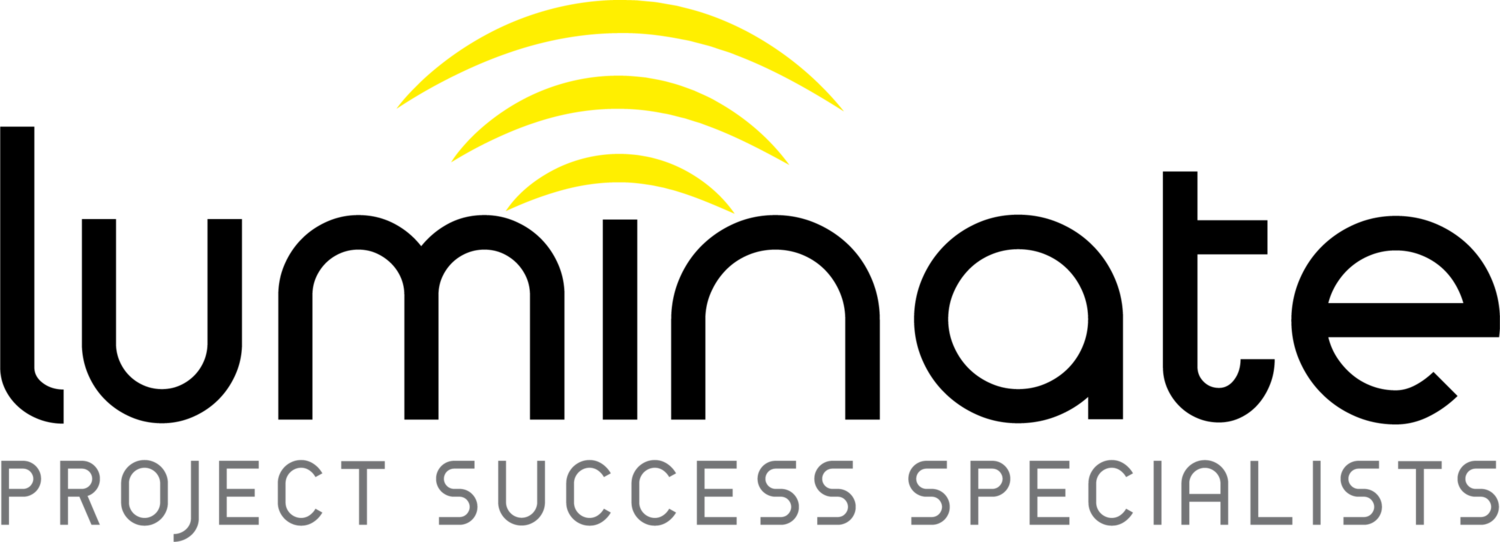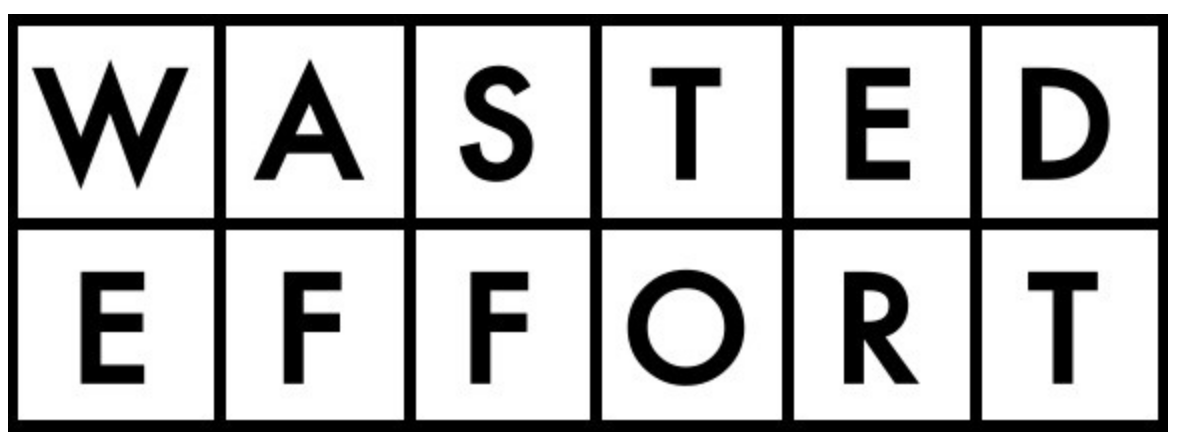I’d always been a fan of producing a project charter, otherwise known as a project management plan or PID, as I always found it to be a useful way to help structure my thinking about the project delivery approach and to get buy in from stakeholders on that approach. The problem has always been that many large organisations require PMs to fill in a ‘paint by numbers’ template containing a ton of extraneous content that will either never be looked at or will bore the reader to tears. Simply put, compliance for compliance sake … without adding any value.
These days, I mentor a number of PMs and one of the things I instill in them is that if an activity doesn’t add value, they should avoid doing it … as nothing is more precious than their time. So instead of producing a tome that will be filed away and never looked at again, I encourage them to produce a charter on a page that will be actively referred to across the lifetime of the project.
On that page I capture:
- The problem/s that need to be solved.
- Is the problem worth solving?
- The sponsor’s vision of the future.
- The assumptions that need to be true for the project to be successful.
- The success criteria against which the delivery of the project will be judged.
- Who’s on the team and what are their roles and responsibilities?
- The benefits that the business has signed up to realise.
- The project costs.
- And of course, the delivery milestones agreed with the stakeholders.
These nine things provide the anchor points for the project and they can and should be pulled out regularly by PMs and stakeholders alike during the course of the project to ensure that the project is doing what it set out to do. If the project is heading down a different path, then the right thing to do is to pause and reassess whether the original problem that needed to be solved and the sponsor’s vision of the future remain true.
Download our free Lean Project Charter here:


